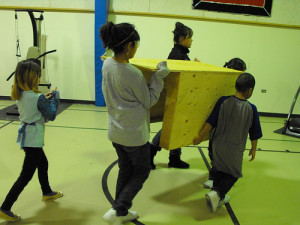 Guest Post by Kari Kiel
Guest Post by Kari Kiel
Community fundraising goes beyond raising funds for a specific cause. It provides an opportunity to improve an entire community through the efforts of the fundraiser. But does it work? Here’s one example of an organization that’s clearly been successful through their community fundraising efforts.
Leading by example, Boys to Men helps the whole San Diego community through its singular cause.
“We bring a community of boys and men together to support each other, and by doing so we are able to build a better community. Community, which we are going away from, is so important to our program. Just that one word, community, has so much power,” explains Craig McClain, Executive Director.
Each September, Boys to Men (BTM) hosts its annual crowd-funding event, 100 Wave Challenge, during which it takes inner city kids out surfing. With 175 participants last year and an expected 300 participants this year, its supporters are nearly doubling each year. More than 30,000 emails are sent to spread the word, and staff members appear on television to tell people about their event, share their mission and ask for support. Last year alone these efforts brought them $330,000.
What does the money go towards?
In the San Diego community, BTM and school administrators work closely to hold regular in-school meetings at 33 schools in an effort to help at-risk boys, 90% of whom are fatherless. They expect they’ll be serving 50 schools next year due to their community outreach efforts. The profound impact Boys to Men has on its community is evident, and these successful community fundraising efforts allow them to grow each year. The University of San Diego found, through a case study, that BTM kids have improved self-esteem, a more positive outlook on life and tend to engage in less risk-taking behavior.
If your organization is interested in hosting a community fundraising event, consider the following guidelines to help you achieve success.
1. Define Your Mission/Message
Be sure you can explain the mission of your charity and why someone should want to help. With community fundraising, remember it’s important to communicate what effect your fundraising efforts will have on the community as a whole, not just your organization [Ed: this is why we at SBC love working with Kimbia on Give Local America, which is coming up on May 5].
Community fundraising is about more than raising funds, it’s about having a positive impact on the community as a whole.
Once your message is crafted, be sure to communicate clearly in all your media efforts as well as on your fundraising website. Use impactful imagery and videos to help tell your story, and give people a chance to build an emotional connection with the cause. Develop an elevator pitch (talking points) to help participants effectively communicate your mission giving them the knowledge they need to raise funds on your behalf.
2. Choose Your Fundraiser Wisely
What drives your local community? Create an event that will appeal to your audience.
Is your community fundraising event to better programs for youth? If so, maybe a carnival or “fun” activity makes sense. Do you live by the sea in a surf-community such as the Boys to Men group in San Diego? Then perhaps a surf event such as the 100 Wave Challenge would appeal to your community.
In addition to creating an event that “appeals” to your audience, you’ll also want to consider the type of fundraiser.
If you have a strong group of motivated participants, perhaps a crowdfunding event is the right choice. Here each participant creates their own personal pledge page and raises donations on your behalf – thus increasing the potential for outreach and dollars raised.
If you have limited resources for your fundraiser, and only a couple of admins to manage the event, perhaps an online charity auction would be a better choice. Browse these fundraising event ideas to help kick off your brainstorming.
3. Tap into Networks to Spread the Word
With community fundraising, you can achieve a lot by tapping into various community networks. Remember there is “value” shared from every group participating.
Explain how your fundraiser will make a positive impact on each group specifically.
For example, businesses can benefit by sponsoring the fundraiser, and share in the long-term goals of having more educated people living in a safer community. Volunteers can benefit by being part of something bigger than themselves, while feeling fulfilled by contributing to the success and health of their community.
Local media are always interested in stories that demonstrate strength within their community, and can help you promote your event by sharing your stories. Tap into all these networks by asking them to promote your fundraiser to their contacts, families and friends.
4. Be Organized & Efficient
First and foremost you’ll want to have a concrete plan, complete with goals, objectives and timelines. Then you’ll need to find a way to effectively manage your fundraiser. Consider using fundraising software to help manage all the details, including participant registrations, sponsor management, and collecting online donations.
Not only does this make the process easy for participants, but also helps administrators evaluate the program’s success through donation tracking, insights into analytics, and ability to generate numerous reports.
Whatever your “cause” – whether protecting the environment, improving educational programs, or reducing crime in your city – by building a relationship between your organization and the people who give money to your cause, your community fundraising campaign will provide significant benefits to your overall community.
Have you been involved in a community fundraising event? What are your tips for getting citizens involved? Please share in the comments below.
 Kari Kiel is the Marketing Director at DoJiggy, a company that’s been providing affordable, easy-to-use online fundraising software solutions for nonprofits, schools, churches & community organizations for more than a decade. You can also follow her on Twitter.
Kari Kiel is the Marketing Director at DoJiggy, a company that’s been providing affordable, easy-to-use online fundraising software solutions for nonprofits, schools, churches & community organizations for more than a decade. You can also follow her on Twitter.
Image: Bruce McKay via Flickr, CC 2.0
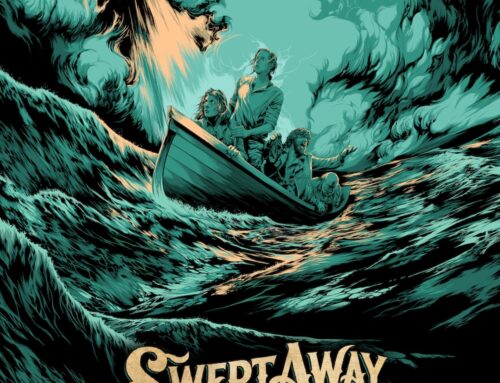
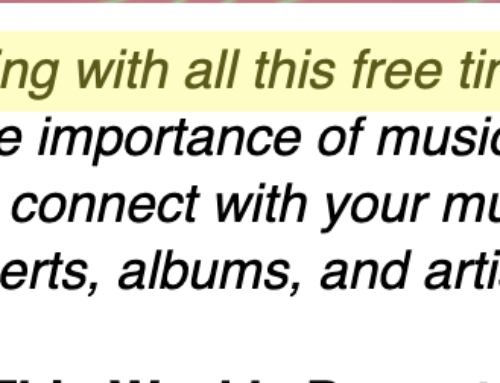
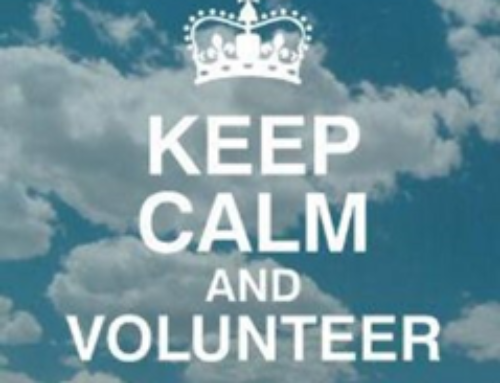



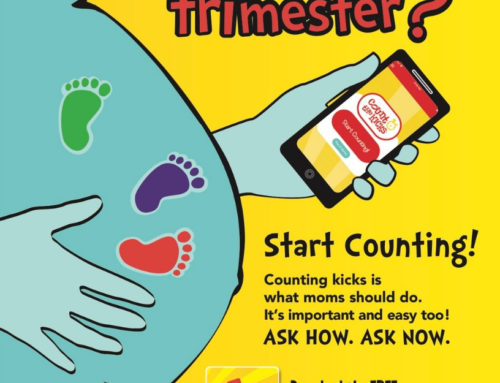


Leave A Comment